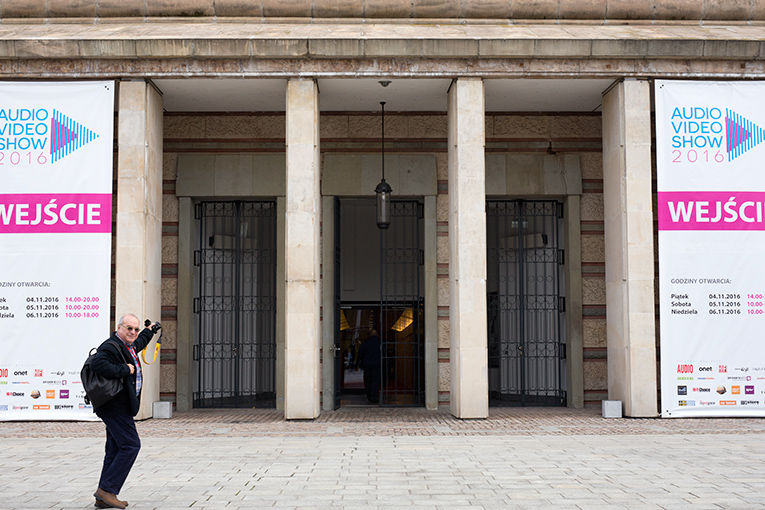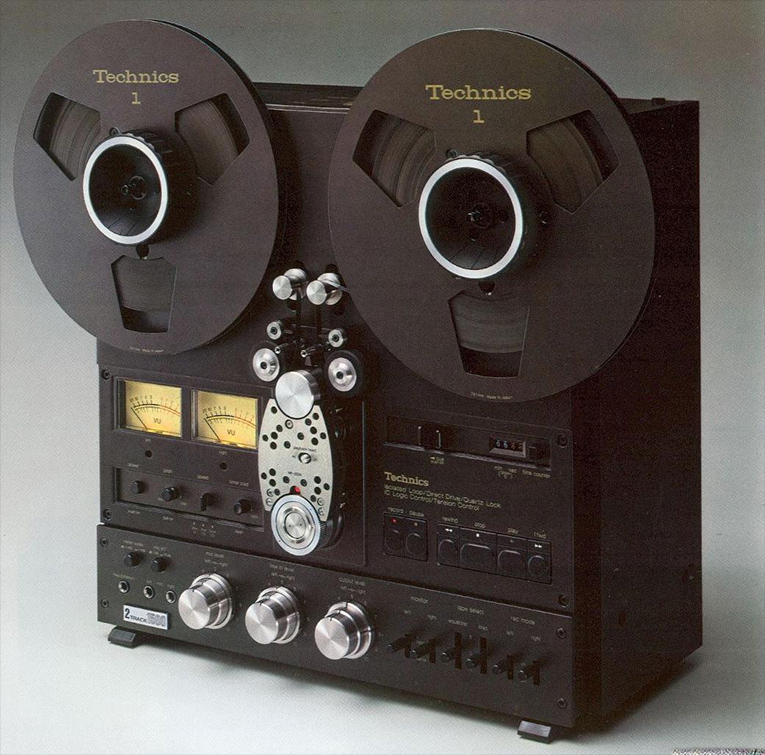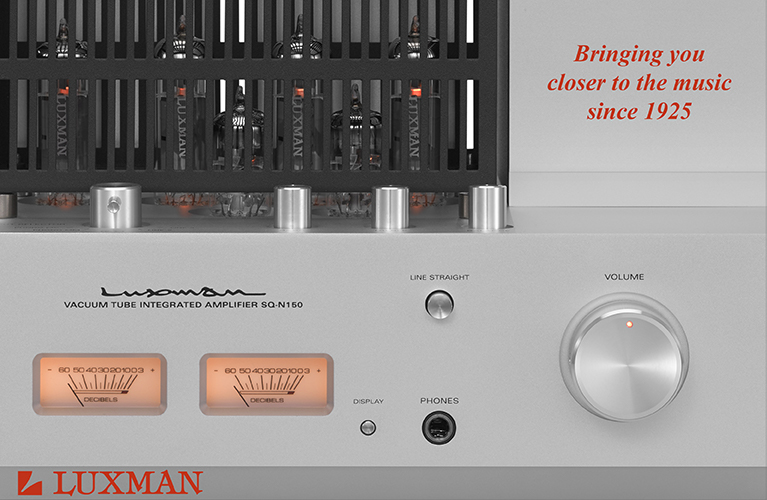 Unless one is an active member of an audiophile club, like the Boston Audio Society or a similar group, it’s easy to feel detached from anything approaching a “high-end culture.” Unless one works in the audio industry, whether manufacturer or retailer, regular contact with fellow hi-fi enthusiasts might be limited at best. Isolation is fine for components -- not so much for anything else.
Unless one is an active member of an audiophile club, like the Boston Audio Society or a similar group, it’s easy to feel detached from anything approaching a “high-end culture.” Unless one works in the audio industry, whether manufacturer or retailer, regular contact with fellow hi-fi enthusiasts might be limited at best. Isolation is fine for components -- not so much for anything else.
My own regular reality checks are not as common as you think, even though I am a full-time hi-fi scribe. The hi-fi industry is in such deep, terminal shit that, aside from the few remaining shows of any merit (Munich, Tokyo, Paris, and Warsaw spring to mind), industry-related events have dropped to a trickle.
Obnoxious I may be, and I’m pretty certain I haven’t suddenly developed extreme halitosis or anything communicable, but I can tell you that -- aforementioned shows aside -- I’m lucky to be invited to two or three press events per year. Turn the clock back 20 years, and my colleagues and I would have probably been invited to 50 or 100 press events in the course of every 12-month span. Again, that excludes the shows.

Nowadays, the industry is broke, both financially and spiritually, so any events which do take place are either low-key or monumental, with nothing “regular” in-between. To be frank, those few invitations I’ve received of late are for the launches of either run-of-the-mill hardware or dubious new formats that haven’t a hope in hell of succeeding.
Please do not think I am complaining, because I am busy enough with my other life, writing on horological topics, which, in just the first six months of this year, was responsible for the 12 trips that I took, and probably 30 or 40 more that I turned down. (At my advanced age I only go to press conferences or on trips that will yield articles; I couldn’t give a damn about junkets just to pad my air miles.) But then the watch industry does almost everything right, whereas the high-end audio business did everything wrong.
Rash statement? Only in the sense that thinking about how the hi-fi industry destroyed itself gives me a rash. After last month’s elegy, I am not in the mood to produce a eulogy, nor a forensic report on why the entire, total sales of high-end audio in the USA, according to the CEA, equal less than the turnover of a single, mid-sized, semi-obscure watch brand.
Yes, you read that correctly: all of the hundreds of high-end brands on offer in North America, when added together, cannot even match the total retail sales of a watch brand that most people probably wouldn’t be familiar with unless they were enthusiasts. No, I won’t name it, because there are 20 or so that the description would suit, and that doesn’t include the big corporations like the Swatch Group.
To make this point even more baffling, after one admits that nobody actually needs a watch, you have to ask yourself how a company like Rolex can sell nearly a million of them a year -- and their entry-level pieces aren’t the biggest sellers. Let me repeat that: companies like Patek Philippe and Omega SELL YOU SOMETHING YOU DO NOT NEED. Instead, they sell you something you want. Big difference . . .
Meanwhile, there isn't a single hi-fi company that can sell a million of anything, including phono plugs, unless I’m underestimating headphone sales. And maybe I’m comparing apples and oranges, but both high-end hi-fi and watches come under the heading of luxury products. And that’s the crux of the matter.
Any differences are cultural and political, but I’m not in the mood to expound on capitalism, selling luxury goods, etc., in the face of the left-wing cant that dominates the hi-fi industry (especially the press). This is one of the biggest reasons why the hi-fi industry has NOT emulated Porsche, Leica, Maserati, Louis Vuitton, or Cartier: hi-fi vendors do not know how to sell to people with the means to buy $50,000 amps and $5000 cartridges.
As a result of its failures, the entire high-end could barely muster 50 brands to exhibit at CES this year; it used to be at least in the many hundreds -- and that’s rooms, not brands, which would probably surpass a thousand. Worse, I now hear people waxing orgasmically about hi-fi shows with 3000 or 4000 visitors. And yet those same people can recall that, not so long ago, attendance of 10,000 was considered a fiasco.
How can they lie to themselves like that? What’s in their Kool-Aid? But that is why I prefer to attend the Munich and Warsaw shows, two rare instances of optimism for the high-end’s future, both of which handsomely exceed those numbers and have head-counts of five figures or more. Anything else is a waste of a plane ticket or train fare.
 Ken in Warsaw, November 2016
Ken in Warsaw, November 2016
So what has replaced the formal industry-related events in my life, in the absence of any willingness on my part to join, say, a hi-fi society? The two most fruitful events of the year, especially for seeing old faces and experiencing the vibe at street level, are the February and October Audiojumbles in Tonbridge, Kent, in the UK. No hard-core tube/vinyl/vintage audio enthusiast cares to miss it. You leave with a sense of what’s hot and what’s not for enthusiasts (e.g., the recent enthusiasm for open-reel tape). Vinyl is just so 2017.
Equally as important to me are the “civilian” friends I meet with for coffee nearly every Saturday, dubbed by our wives the “Saturday Morning Sad Bastards Club.” Hi-fi chat mingles with talk of cars, watches, cameras, and politics. It’s more about reminiscing and kvetching than comprehending the audio scene circa 2018, but there is a sense of community, however isolated we are in actuality.
All of us are “old hands,” so our credentials are based on experience. Our group includes an engineer who maintains FM and DAB transmitters for the BBC; a master watchmaker who rebuilt his Grado cartridge and his Nagra SN tape recorder (think about that for a minute), among other restoration projects, to standards worthy of Rolex; an audiophile of over 50 years’ standing who’s owned as many pieces of gear as anyone I can name; and me.
What do our meetings yield? The watchmaker advises us on the best way to lubricate the bearings in turntables and tape decks. The audiophile helps me with second opinions, to confirm or confront my findings with borderline components. The transmitter engineer saves us a fortune in minor repairs. I contribute gossip and share bits and pieces from my swag pile.
As we’re all baby boomers, fairly uniform in our politics, the sessions are ever-amicable. Of late, we’re all obsessing over open-reel tape, but then none of us ever abandoned the format, and between the four of us there are two or three Nagras, two professional Studers, a Tandberg TD 20A, a quartet of Revox G36es, and a Technics RS-1500. The open-reel revival, in this case, is singing to the choir.

Is there a point to this? It’s all about communication and avoiding isolation. If the high-end audio industry -- the real Sad Bastards in this story -- hadn’t had its collective head so far up its own arse for the last 30 years, and not been too proud to learn something from the likes of Montblanc and S.T. Dupont and Dom Pérignon and Ferrari, maybe it wouldn’t be on its knees.
. . . Ken Kessler
kenk@soundstagenetwork.com






















